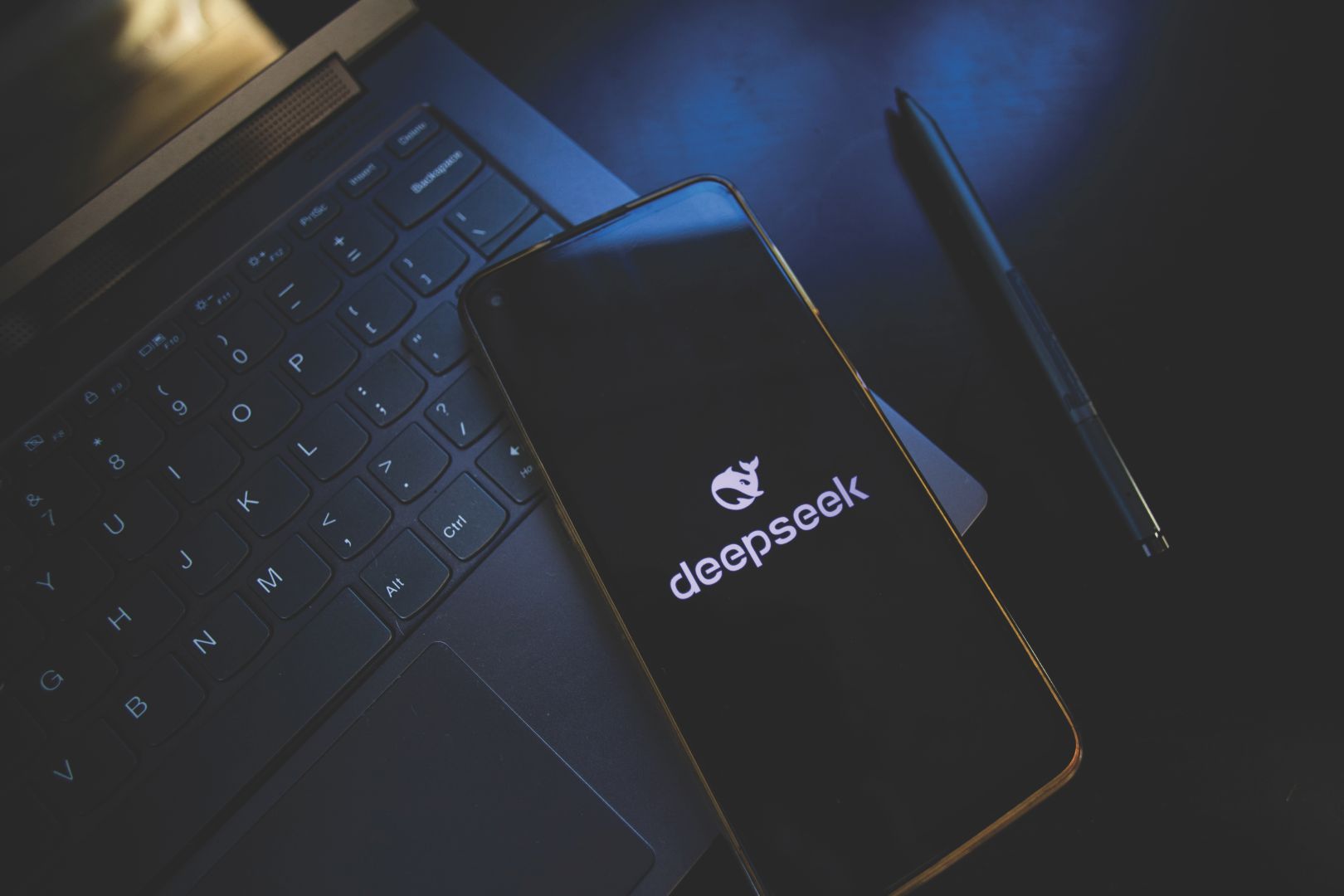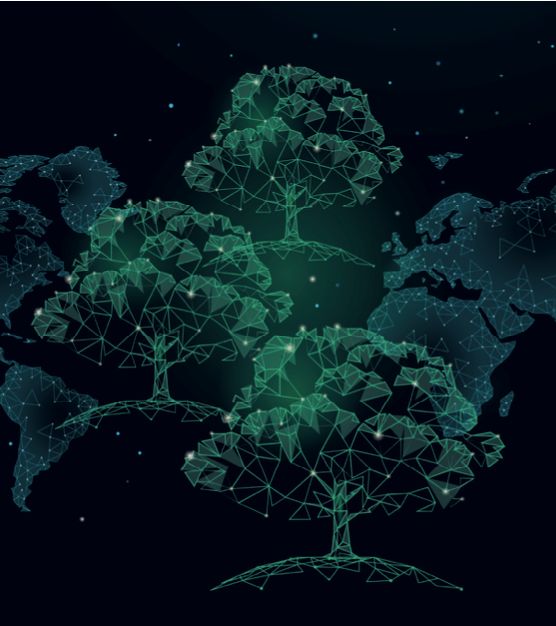If you want to foster innovation, you must first trust employees and give them the freedom they need to create.
In a global business environment where innovation comes first, the corporate world’s old hierarchical structures of command and control are no longer relevant. Trust is the new currency. To prevail in a volatile, uncertain, complex and ambiguous world, we must all rely on our people more than ever before. Customers and employees want organizations to be transparent, to respond fast and to treat them as distinct individuals.
“When driving growth and cultural transformation like we are, you have these moments where you feel as if you are making progress, and moments when you realize that you need to reground yourselves,” says Jeff Jones, former chief marketing officer of US discount retailer Target. “We are finding how much trust, and lack of trust, is standing in the way of progress in some areas over others.”
So how do you create trust in order to underpin innovation? Senior executives from leading companies testify that the following four key elements should comprise company trust strategies:
- increase empowerment
- engender empathy
- boost involvement
- create higher purpose
Empowerment
As organizations decentralize, empowerment of individuals becomes evermore crucial. But we cannot empower individuals unless we trust them, and we cannot expect them to run with ideas and risk failure unless they trust us. For example, Frontier Communications has undergone three major acquisitions during the past five years, the most recent of which doubled the size of its workforce.
Its chief executive, Dan McCarthy, shifted the focus of the firm away from the conventional model of productivity and efficiency. “We said that it is okay to get fewer jobs done a day so long as
the customer is delighted with each interaction,” he tells Dialogue. “If that means you find something that requires you to go beyond the call of duty, you are empowered to do that.”
If any organization is famous for its hierarchy, it’s the US military. Yet individual empowerment is at the forefront of its leadership strategy. General Martin Dempsey was the highest-ranking officer in the US armed forces as chairman of the Joint Chiefs of Staff until he retired in late 2015. He describes the connection between mission command – a framework for empowerment – and trust.
“Mission command is the way we encourage our leaders at every level to know their men and to empower them to outrun the plan,” he says.
“In my own career, one of the best pieces of advice I ever received was from a senior officer who suggested that I carry a card in my pocket with the words, ‘when is the last time I allowed someone to change my mind about something?’ Mission command is about trust, about white space, about accepting a bit of chaos. It’s more mindset than process.”
Empathy
Too often, a senior leadership team identifies urgent and necessary change, based on data, but finds that the people throughout the organization who are responsible for its successful execution do not readily embrace the new direction. The root cause is lack of empathy, which leads to distrust.
Take Tenet Healthcare, which was a hospital company in 2006, but has transformed into a health services firm. Imagine the fear and discomfort this type of transformation can create internally. Kelvin Baggett, chief clinical officer of Tenet, explains how the company empathized with its employees to drive the change. “You have to recognize the individual in institutional change, respond to their needs and emotions and ensure you give them the resources they need to succeed,” he says. “The real opportunity is helping employees to understand that we’re not taking anything away from them, but are helping them make this company better. That redirection had such a huge impact on the individual’s sense of purpose and security. Taking risks is inherent to innovation. It’s how we build a culture of innovation at Tenet – ‘performing today while positioning for the future’.”
Involvement
The role of the leadership team is to create the conditions for fruitful innovation across the organization, even to the edges. Innovation doesn’t happen in silos – it happens in teams. Katie Bayne, senior vice president, Global Sparkling Brands, at The Coca-Cola Company is responsible for marketing, portfolio strategy and innovation of the Coca-Cola brand and the company’s other sparkling brands internationally.
“While there are people within the organization who have job titles that specifically call for innovation, the reality is that innovation can come from anywhere – both within the company and from our partners and our consumers,” she says. “The key is being open to new ideas and fresh thinking that will drive innovation. When you consider that Coca-Cola, the product, has been the same for 129 years, what becomes important is how we innovate around that product to meet evolving consumer needs and desires.”
Share a Coke, a marketing campaign that allows the consumer to find their name on a Coke can, started with one individual’s creativity in Australia. While a simple idea, its execution and scaling globally required a vast infrastructure that included digital printing capabilities across all of Coke’s 250 plants, and demanded cultural relevance for each region.
How would Bayne recreate this exemplary innovation? “By being open to new ideas,” she says. “We just launched a new crowdsourcing platform that has been specifically created to give people in the company an outlet to share new ideas. In 24 hours, we had 350 ideas submitted, not by marketers, not by private development, not by agencies, but by people who work on the frontlines of our business. By making sure you don’t hold innovation as the domain of a precious few you will gain a much broader perspective of the endless possibilities that exist.”
Purpose
Innovation that also has positive societal impact can drive a deeper level of trust among employees and customers. An example here is Kohler, a 145-year-old company that is applying its core mission towards sustainability and environmental impact. Its chief executive David Kohler says the change was born of a need to give employees a higher purpose. “It breeds passion, energy and commitment,” he says. “When you look at the demographics, specifically millennials, it’s hugely relevant. All of us want to feel our time on earth will leave the world a better place. The project really has been very impactful and is creating a lot of enthusiasm. We are still in the early stages; but it’s going to continue to snowball because it is so aligned with how people feel today and the way they will be selecting companies they want to work with in the future.
“When you talk about scaling trust, people want to be a part of organizations that have that genuine integrity and intent – good people really working hard to do the right thing. All these activities, like the commitment to sustainability and our commitment to ‘innovation for good’, point to an organization that has its head in the right place and a heart, a will, a desire, an openness and inclusiveness. That is scale – when you scale trust, you scale the enterprise, and you are maximizing your human talent.”
Marty Yudkovitz, retired head of innovation at Disney, concurs. “Disney as a company has the public trust, and that is taken very seriously,” he tells Dialogue. “Our cast members are keepers of public trust. We tell them that you don’t represent Disney—you are Disney. This generates ownership and pride, which is a remarkably powerful fuel. They become even more engaged in the guest experience at our parks and dedicate themselves even more to the goal of exceeding customer expectations in that. And we trust them with the responsibility, authority and ownership of the role.”
Innovation is based on trust – it is about giving people control when and where they need it and understanding where the risks are. When people distrust, there’s an element of loss of control. Can you give them back a sense of control and feel comfortable losing a bit of yours?
An adapted version of this article appeared on the Dialogue Review website.




